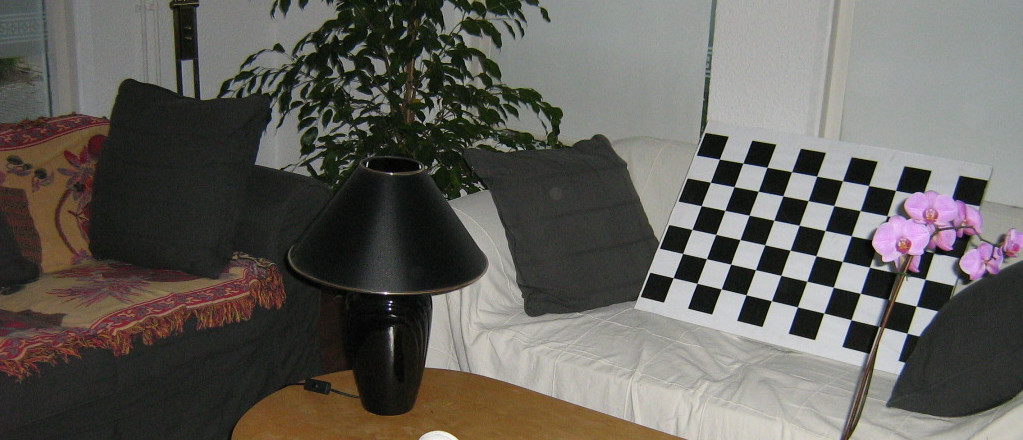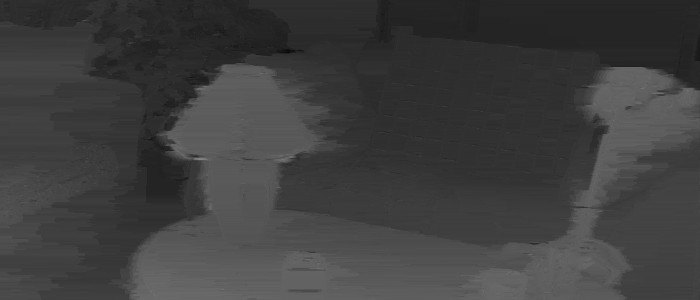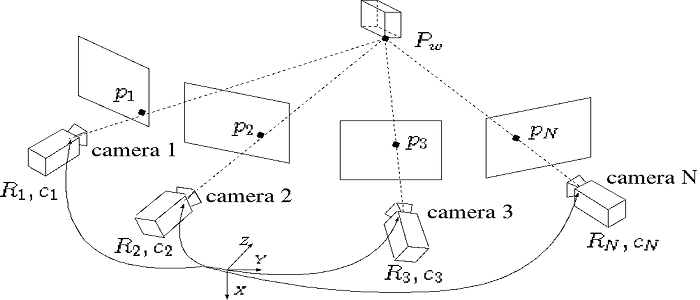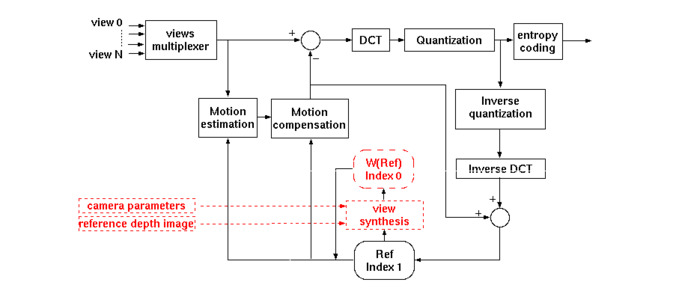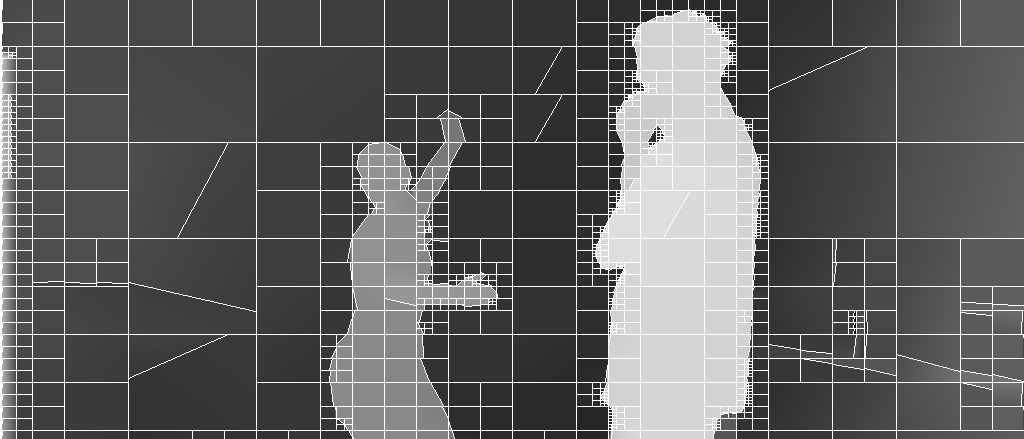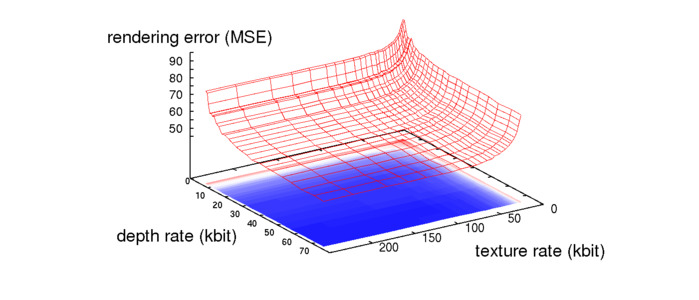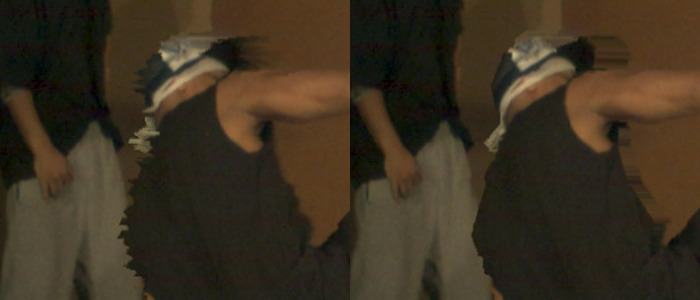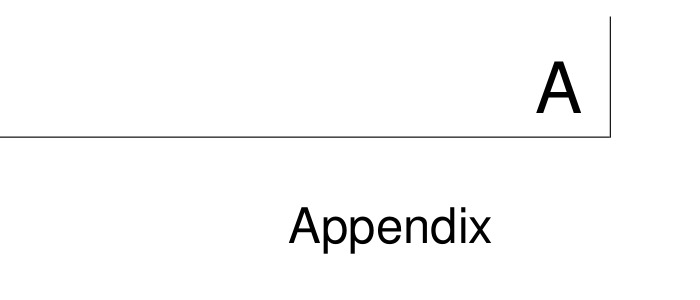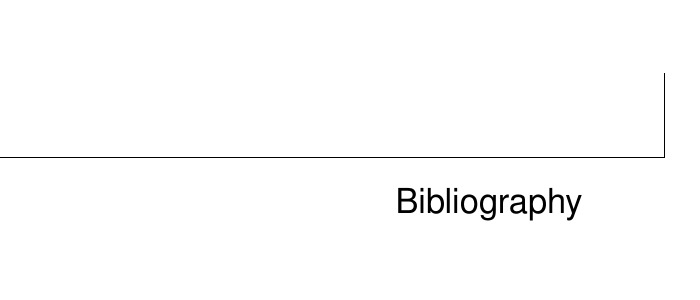Ph.D. Thesis. Acquisition, Compression and Rendering of Depth and Texture for Multi-View Video
Chapter 1. Introduction.
This chapter starts with an introduction to the fundamentals of three-dimensional (3D) imaging through an historical perspective. Following this, the chapter surveys 3D television and free-viewpoint video applications, after which we discuss 3D video systems recently proposed for those applications...
View ChapterChapter 2. Projective Geometry
This chapter starts with an introduction to projective geometry which is of significant importance for the acquisition of 3D images. Using the projective geometry framework, we describe the pinhole camera model that establishes the geometric relationship between a point in the 3D world and its corresponding position in the 2D image...
View ChapterChapter 3. Multi-View Depth Estimation
This chapter describes algorithms for estimating the depth of pixels, based on the projective geometry framework introduced in the previous chapter. In the first part, we focus on the estimation of depth images using two views...
View ChapterChapter 4. Multi-View Depth Image Based Rendering
This chapter focuses on the rendering of synthetic images using multiple views. First, two different rendering techniques are investigated: a 3D image warping and a mesh-based rendering technique...
View ChapterChapter 5. H.264-Based Depth and Texture Multi-View Coding
This chapter concentrates on the compression of multi-view depth and multi-view texture video, based on predictive coding. To exploit the inter-view correlation, two view-prediction tools have been implemented and used in parallel: a block-based disparity-compensated prediction and a View Synthesis Prediction (VSP) scheme...
View ChapterChapter 6. Depth image coding using piecewise-linear functions
This chapter proposes a novel depth image coding algorithm which concentrates on the special characteristics of depth images: smooth regions delineated by sharp edges. The algorithm models these smooth regions using piecewise-linear functions and sharp edges by a straight line...
View ChapterChapter 7. Joint Depth-Texture Bit Allocation
In this chapter, we propose a novel joint depth-texture bit-allocation algorithm for the joint compression of texture and depth images. The described algorithm combines the depth and texture Rate-Distortion (R-D) curves to obtain a single R-D surface that allows the optimization of the joint bit-allocation problem in relation to the obtained rendering quality...
View ChapterChapter 8. Conclusions and Prospects
This thesis has presented various techniques for multi-view video acquisition, compression and rendering. A complete multi-view video coding system architecture, yielding high-quality image rendering while retaining high compression efficiency, has been presented...
View Chapter